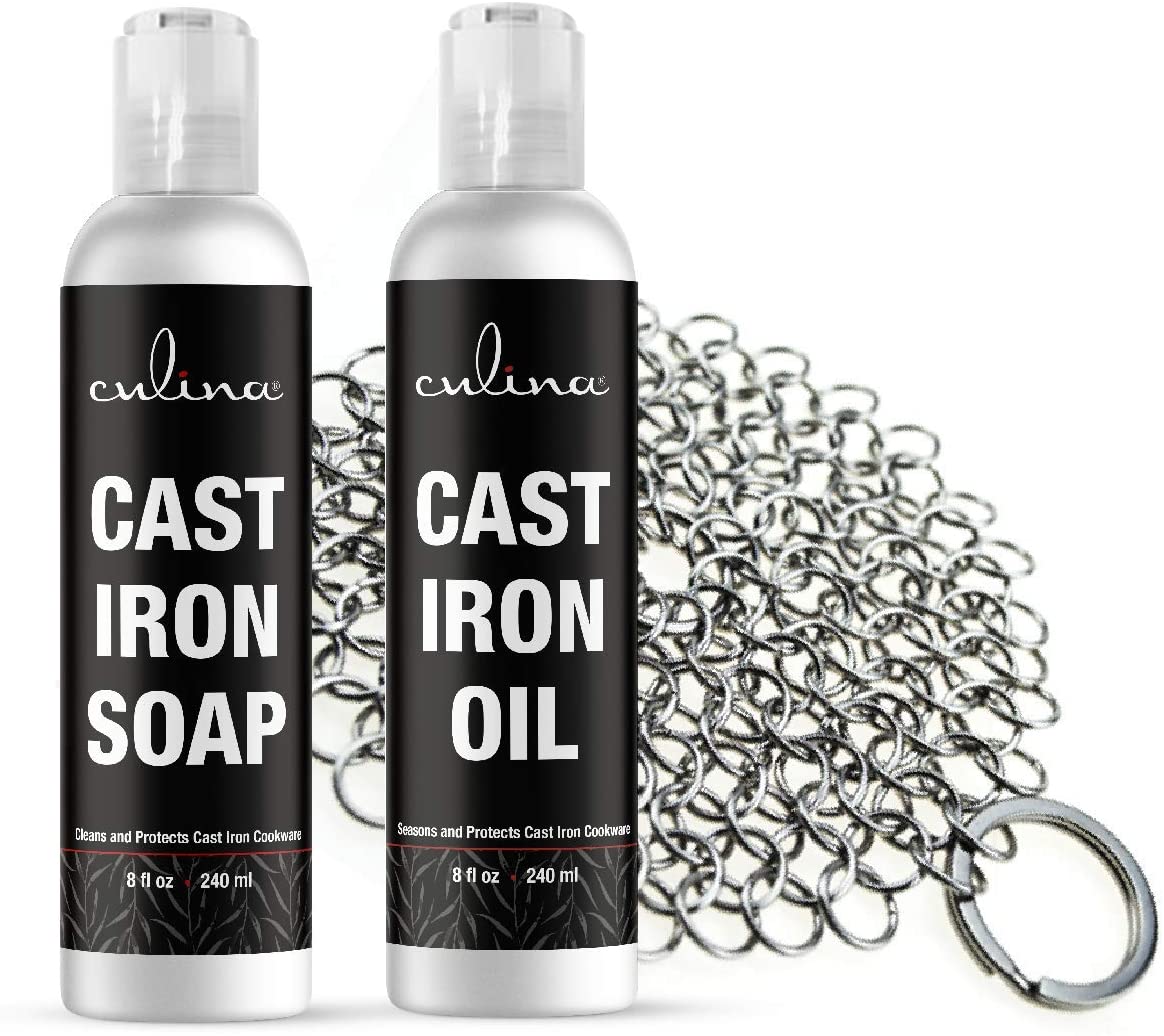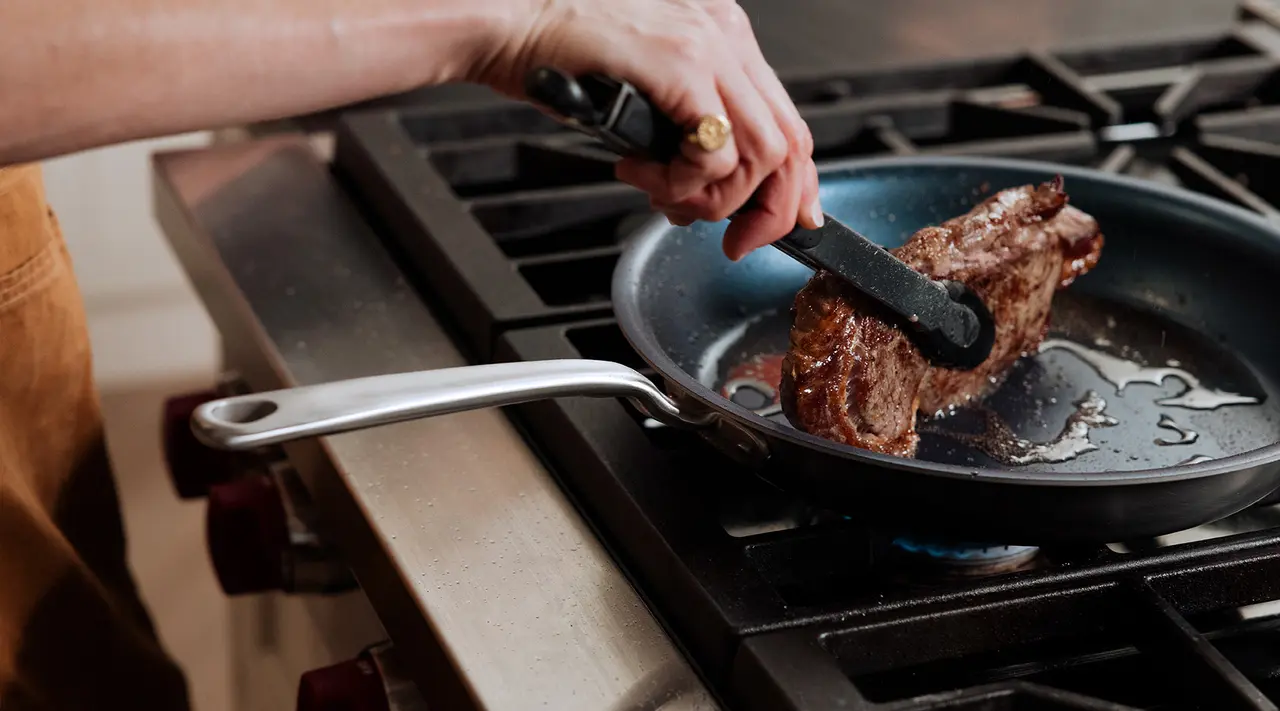In the world of cooking, there is an ongoing debate among kitchen professionals and home cooks alike: skillet vs scrambler. Both cookware items are versatile and essential in any kitchen, but which one should you choose? This article will dive deep into the strengths, weaknesses, and best uses of each to help you make an informed decision.
Before we dive into the details, it’s important to understand what each type of cookware is designed for. Skillet refers to a flat-bottomed pan used for frying, sauting, and browning foods. On the other hand, a scrambler is typically used for scrambling eggs but can serve multiple other purposes.

Understanding the Basics: Skillet vs Scrambler
What is a Skillet?
A skillet is a staple in most kitchens because of its versatility. Typically made of cast iron, stainless steel, or non-stick materials, skillets are perfect for searing meats, frying vegetables, and even baking dishes in the oven. You can explore different types of skillets here.
Advantages of Using a Skillet
- Heat Retention: Cast iron skillets, in particular, retain heat very well.
- Versatility: Suitable for various cooking techniques including frying, searing, and baking.
- Durability: Extremely long-lasting with proper care.
Drawbacks of a Skillet
- Weight: Cast iron skillets can be quite heavy.
- Maintenance: Requires regular seasoning and careful cleaning to prevent rust. Learn more about cleaning cast iron here.
What is a Scrambler?
A scrambler is specifically designed for scrambling eggs but can be used for various other cooking activities such as stirring sauces, mixing batters, and even making pasta. Unlike skillets, scramblers are usually non-stick and lighter in weight.
Advantages of Using a Scrambler
- Lightweight: Easier to handle compared to skillets.
- Non-Stick Surface: Ideal for making eggs and other delicate foods.
- Ease of Cleaning: Typically easier to clean compared to cast iron skillets.
Drawbacks of a Scrambler
- Limited Heat Retention: Doesn’t hold heat as well as a cast iron skillet.
- Less Versatile: Primarily designed for specific cooking tasks.
- Durability: Non-stick surfaces can wear out over time.

Main Differences: Skillet vs Scrambler
Material and Build Quality
Skillets are often made from cast iron, stainless steel, or other durable materials, which makes them long-lasting. Scramblers, on the other hand, are usually made from aluminum or other lightweight materials.
Cooking Versatility
Skillets can be used for a wide range of cooking techniques, making them a versatile choice. In contrast, scramblers are more specialized, mainly excelling in tasks like scrambling eggs and stirring sauces.
Maintenance and Care
Caring for a skillet involves regular seasoning and specific cleaning methods to avoid rust. For tips on how to season your cast iron skillet, visit this link. Meanwhile, scramblers require less maintenance and are generally easier to clean.

Practical Applications: When to Use Each
When to Use a Skillet
Skillets are perfect for tasks that require high heat and even cooking. Theyre ideal for searing steaks, frying vegetables, and even baking.
When to Use a Scrambler
Scramblers excel at preparing eggs, light sauts, and stirrings. Their non-stick surface makes them perfect for delicate tasks.
Expert Opinions: Chef Insights on Skillet vs Scrambler
Professional Recommendations
Many chefs prefer using skillets for their toughness and versatility. However, they keep scramblers handy for specific tasks requiring precision and care.
Cost-Effectiveness
Both skillets and scramblers can be cost-effective depending on the brand and material. Cast iron skillets are an investment but last longer.
Recipes to Try with Each
Skillet Recipes
Some popular options include skillet-seared steak, cast iron pizza, and pan-fried vegetables. For more ideas, check out this guide on grilling chicken.
Scrambler Recipes
Scrambled eggs, light stir-frys, and creamy sauces are just a few examples. A scrambler can also be used to prepare delicate pasta dishes.
Cleaning and Maintenance Tips
Caring for Your Skillet
Regularly season your cast iron skillet to maintain its non-stick qualities. For more details on cleaning and maintaining your skillet, visit this guide.
Maintaining a Scrambler
Scramblers are easier to clean due to their non-stick surfaces. Just avoid using metal utensils to prevent scratching.
Environmental Impact
Durability and Longevity
Since skillets are made from durable materials, they contribute less to waste. Scramblers, with their non-stick surfaces, might need replacement more frequently.
Sustainability
Cast iron skillets can last for generations, making them a sustainable choice. On the other hand, scramblers are often made from materials that may not be as eco-friendly.
Conclusion: Skillet vs Scrambler in Your Kitchen
In the grand debate of skillet vs scrambler, both have their unique advantages and disadvantages. Your choice should be based on your specific cooking needs and preferences. While a skillet offers versatility and durability, a scrambler brings ease and precision to certain tasks. Whichever you choose, investing in high-quality cookware will elevate your culinary experiences.
Frequently Asked Questions
Can I use a skillet for scrambling eggs?
Yes, you can use a skillet for scrambling eggs; however, a scrambler is specially designed for this task and may yield better results.
How do I maintain my cast iron skillet?
Regular seasoning and proper cleaning are essential. For more information on maintaining your skillet, visit this link.
Are scramblers versatile?
While primarily used for scrambling eggs, scramblers can also be used for other tasks like stirring sauces and mixing batters.
As an Amazon Associate, I earn from qualifying purchases.
